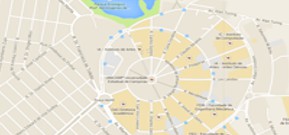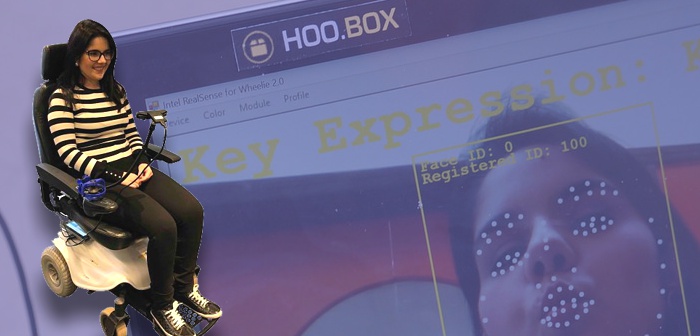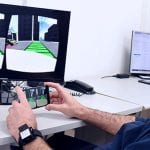Website “VivaBem”, related to one of Brazil´s biggest internet providers, interviews the researcher Paulo Gurgel Pinheiro, who joined CEPID BRAINN as an associate researcher on professor Eleri Cardozo´s team.
February 4th 2019 | originally published at VIVABEM
São Paulo startup Hoobox Robotics has created a facial recognition system that translates expressions into wheelchair commands, and was developed with the support of the Small Business Inovative Research Program (PIPE) of FAPESP.The system uses facial expressions as input data and then translates them into digital commands to control a wheelchair – all of this without requiring any body sensors. Today, the technology is able to recognize more than 10 expressions, such as arching eyebrows or eye blinking. It is also able to predict when the user will cough, sneeze or yawn, or when he is talking to someone. In these situations, recognition of expressions is disabled to prevent unwanted movement of the chair and to prevent accidents.
The user´s facial expressions are captured by a camera and interpreted by algorithms. The calculations are performed on a tiny onboard computer, attached to the chair. The algorithms transform expressions into control commands, such as going forward or backward and turning left or right.
Available in a kit, called Wheelie 7, the solution takes only seven minutes to be installed in any motorized wheelchair available on the market, promises the company.
“The system is capable of capturing information about 100 points in a person’s face, such as the shape of the mouth, nose, lips and eye cavity, with high precision,” said Pinheiro.
Read the full report at VivaBem (in Portuguese)
Website: www.hoo-box.com










 Português do Brasil
Português do Brasil